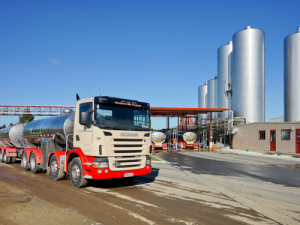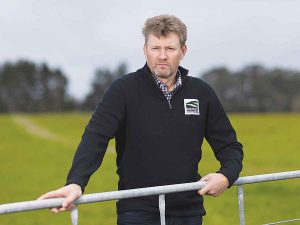The co-op has announced a final milk payout of $6.07/kgMS to farmer shareholders, after retaining 5c/kgMS.
Last year, Westland had posted a gross profit of $29,000 and a final payout of $5.18/kgMS.
Westland chairman Pete Morrison said the cooperative achieved $3.3 million profit before tax because of the decision to retain five cents.
“It was essential to retain a degree of payout to ensure a strong balance sheet and leave us options for capital expenditure to drive growth.”
He said the Westland Board acknowledged its milk payout wasn’t competitive and was focussed on achieving parity in future.
“This year’s payout was at the lower end of our range and was affected by global commodity prices, the impact of Cyclone Fehi, and a strike at the Port of Lyttelton. We also didn’t meet our production and processing targets for the year. Top line sales were not as good as they could have been but we are seeing improvements with the new sales team in place and the benefit of improved processes.”
Westland is currently reviewing its capital structure to respond to high debt and limited financial flexibility issues. Shareholders would be updated at its annual meeting on December 5 at Hokitika.
“Our priority is to accelerate our strategic business plan and to drive better, long-term returns and value to our shareholder farmers,” says Morrison.
Westland chief executive Toni Brendish notes important performance improvements in 2017-18 in ‘Right First Time’ manufacturing, along with process and efficiency improvements.
“Changes to our internal systems and processes will continue to help improve our performance and drive better outcomes in the coming year,” she says.
“Last year, our workplace safety performance was particularly pleasing, with a 23% drop in total recorded Injury Frequency Rate. This speaks to a good safety culture and helps reduce costs and increase efficiencies.
“This focus, along with the commencement of work to deliver on the segregated milk component of our five-year strategy, combined with the process improvements in all levels of the organisation, gives us more confidence to achieve a goal of competitive payout in our predicted payout for 2018-19.”
















